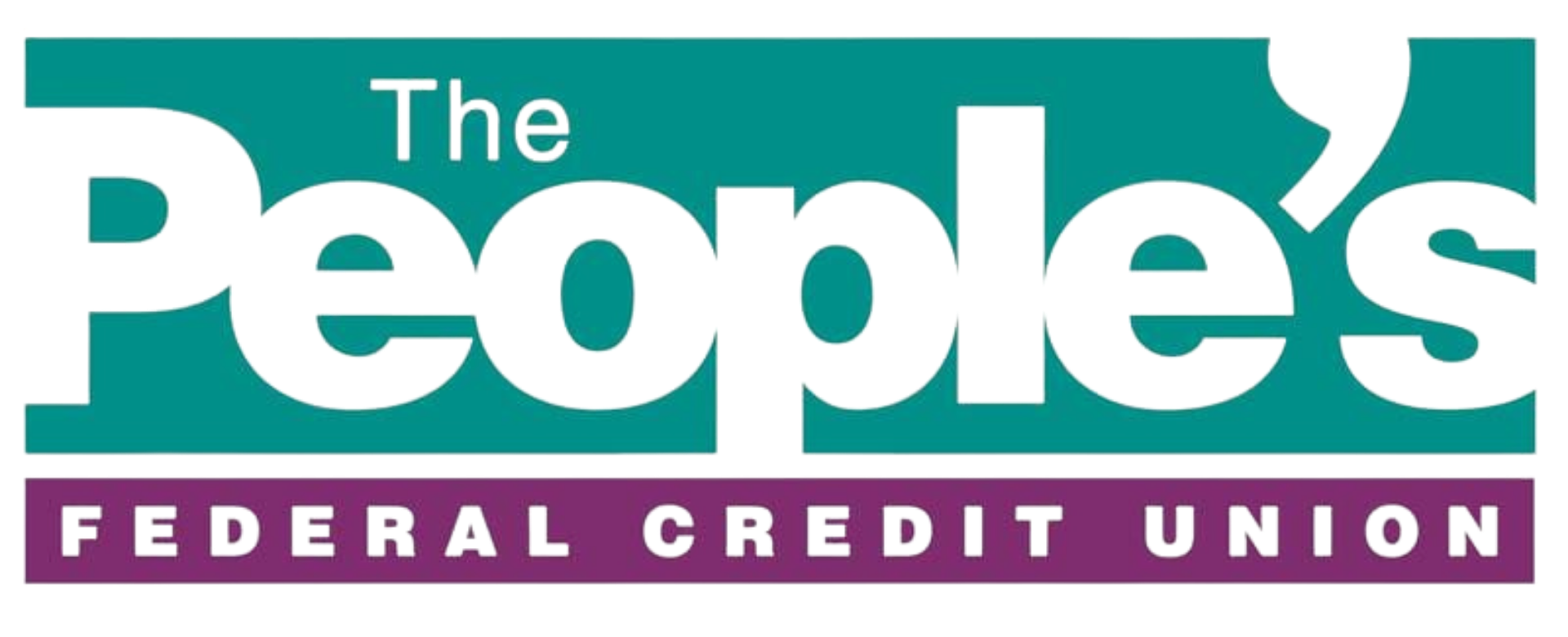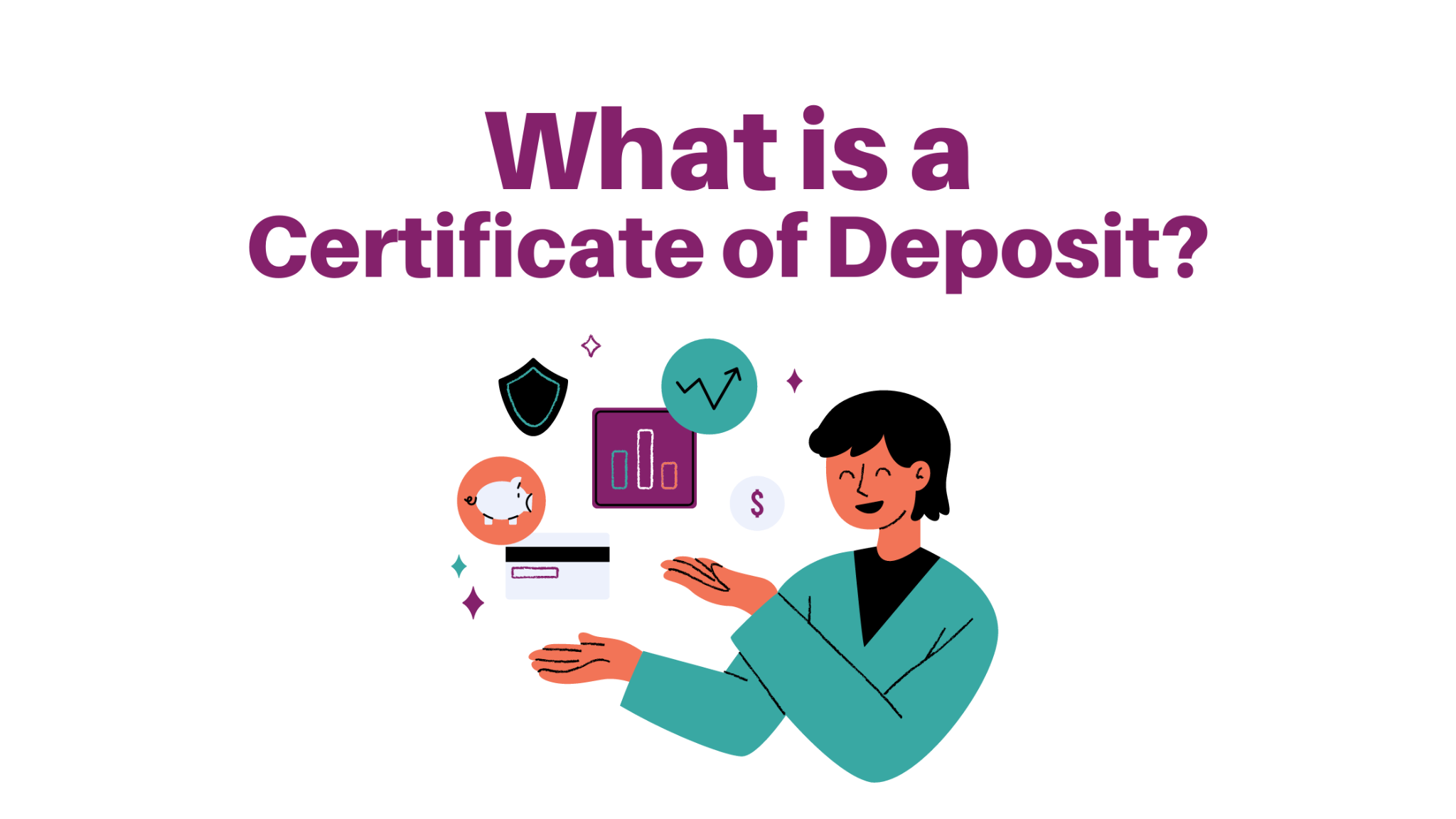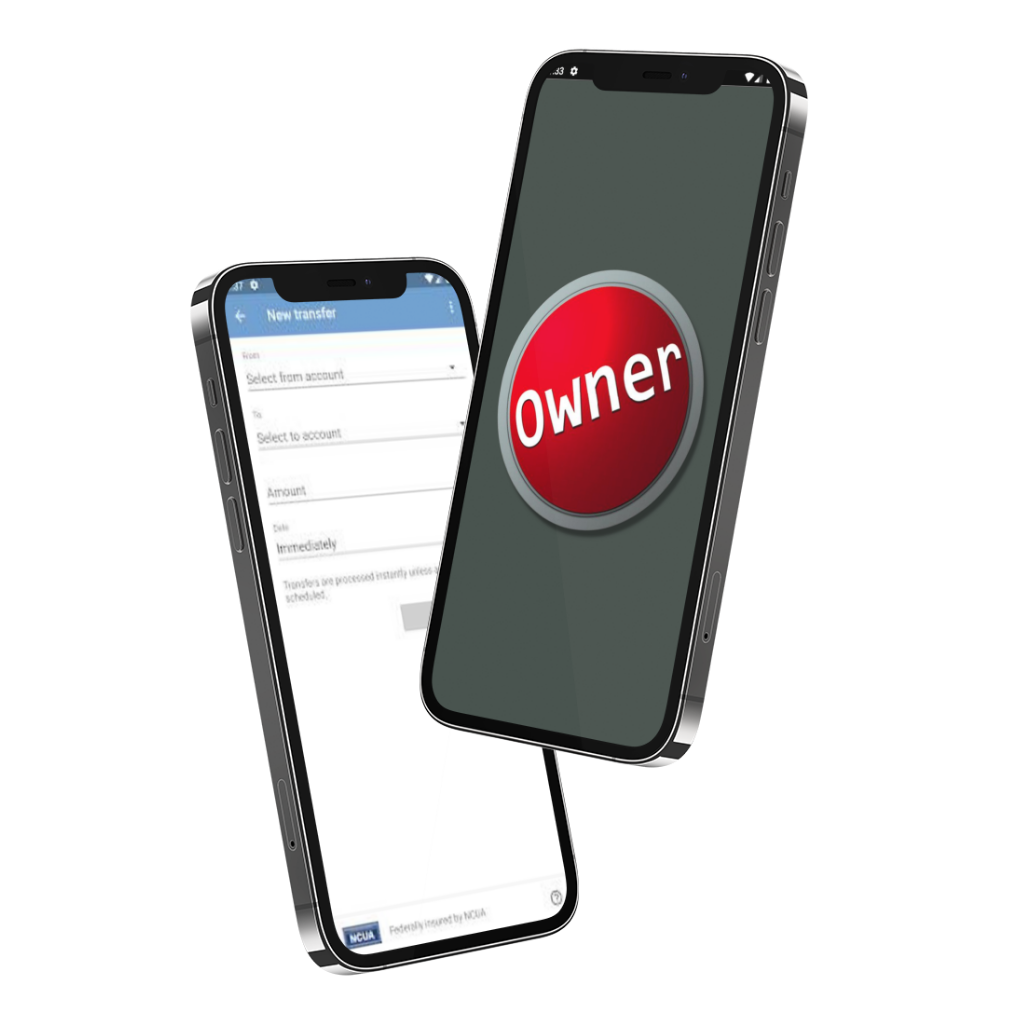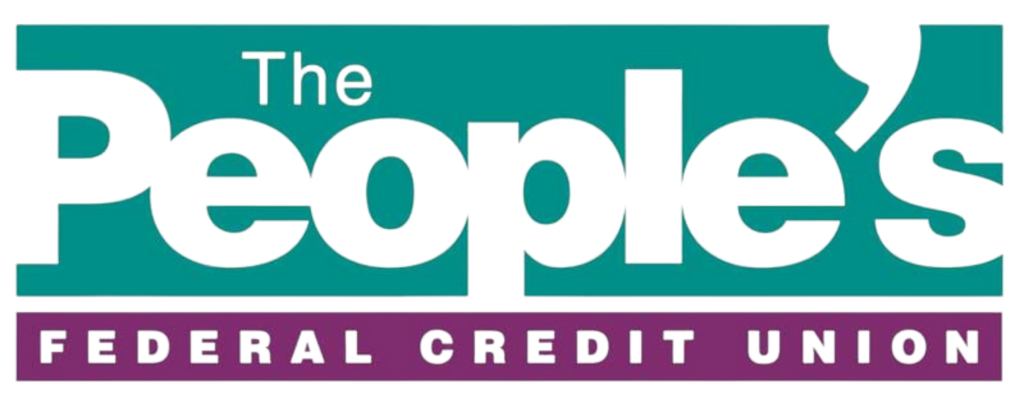Life isn’t easy, and it’s definitely not predictable either. On the rollercoaster that is life, we’ve all come upon a time when unexpected circumstances left us in a financial bind. Whether you have to unexpectedly replace your home’s HVAC system or you’ve suddenly found yourself out of work, not all hope is lost!
Keep reading to learn what to do in a financial emergency so that you can improve your situation and relieve some of the financial stress.
Stay Calm
There’s nothing more anxiety-causing than being in a financial crisis. Not having enough money to cover an expense or unexpectedly losing your job is enough to send anyone into a worried frenzy. However, before getting overly stressed and overwhelmed, take a breath and know that you have some options to better the situation.
Though remaining calm can seem impossible, getting into a negative mental and emotional state will only make matters worse. Even though it’s hard, staying positive is a must.
Evaluate Your Expenses
When dealing with an unexpected expense or loss of income, one of the first things to do is to take a step back and evaluate your expenses. Knowing how much you spend, what you spend your money on, and where you can save can improve your financial situation.
To get started:
- Review your spending in the last few months. This will give you some insight into how much money you spend and where your dollars are going. Write down your expenses or use an online budgeting tool.
- Once you’ve written down all of your expenses, categorize them. Figure out which expenses are essentials, such as paying your mortgage or car note, and then which ones are extras, such as eating out.
- Last, figure out ways that you can trim down your expenses. Try cooking meals at home versus ordering take out. See if you can bundle some of your bills under the same provider to lower costs.
Even if you can only minimize your budget by $50 a month, the money you save adds up over time. Over the course of a year, saving $50 a month nets you $600!
Explore Ways to Make Extra Money
Whether you’ve lost your job or simply need more money, there are tons of ways that you can rake in some extra cash. For example, if you’re unemployed and need help paying bills, you may be eligible for unemployment benefits. This is true whether you’re self-employed or do gig work.
Another option is to look for a gig job or a side hustle that can help you get back on your feet faster. These days, there are all sorts of options to consider. Do you have a car? If so, you could sign up to be an Uber driver or work as a personal shopper through Instacart or Uber Eats.
There are also companies that hire people for data entry, translation projects, and more. You can use online job boards to see what skills are in-demand.
Contact Your Lenders
If you’re unable to pay your bills during a financial emergency, you’ll want to contact your lenders to see what kind of options they can offer. Some lenders will allow you to skip a payment or make a smaller payment. This way, you can avoid having late fees or late payments reported to the credit bureaus, which will negatively impact your credit score.
Though these can be hard phone calls to make, it’s okay (and helpful!) to be honest about your situation. Lenders often offer payment extensions and flexible payment arrangements, especially if you’ve been in good standing.
Open a Savings Account
To make the most of the money you’re saving by cutting some of your expenses, you’ll want to open a savings account. What’s nice about a savings account is that you’ll earn money on the money you’ve set aside. Our checking accounts at TPFCU are free, have no monthly service fees, and have no minimum balance or service charges.

By having a savings account, you’re able to put money aside that can be used in the event of a financial emergency in the future. Ideally, you’ll want to save as much as possible so that you can be prepared for whatever may come your way.
To make saving easier, automate the process. You can set up automatic transfers into your savings account. This way, everytime you get paid, some of your paycheck goes directly into your savings account.
Learn Financial Wellness
Sometimes we have to go through a tough experience in order to really learn and grow. Even during a financial emergency, there’s always room to improve and better educate ourselves in hopes of avoiding this kind of scenario again.
Some of the best financial wellness tips that you’ll want to remember now and into the future include:
- Focusing on building a savings account
- Building an emergency fund
- Avoid excessive spending
- Setting a budget and sticking to it
With these simple tips, you’ll notice a drastic change in your financial situation. Just know that it takes time, but, with persistence and perseverance, you’ll get exactly where you want to be.
Work with Credit Union Professionals

Making it through some of life’s unexpected events can be difficult, but the good news is that you don’t have to go through it alone. At TPFCU, our team is here to help you get through these tough times. We not only offer savings accounts and loans that can be used for emergency funding, we also offer financial coaches that can help you.
TPFCU also offers a free financial wellness program so that you can learn the ins and outs of better managing your finances. Though it may be hard right now, financial security and independence are things that everyone can achieve, even after a hard financial emergency.
Interested in learning more? Contact the TPFCU team by calling us at (806) 359-8571. Let’s work together to get you back into a sound financial state!








